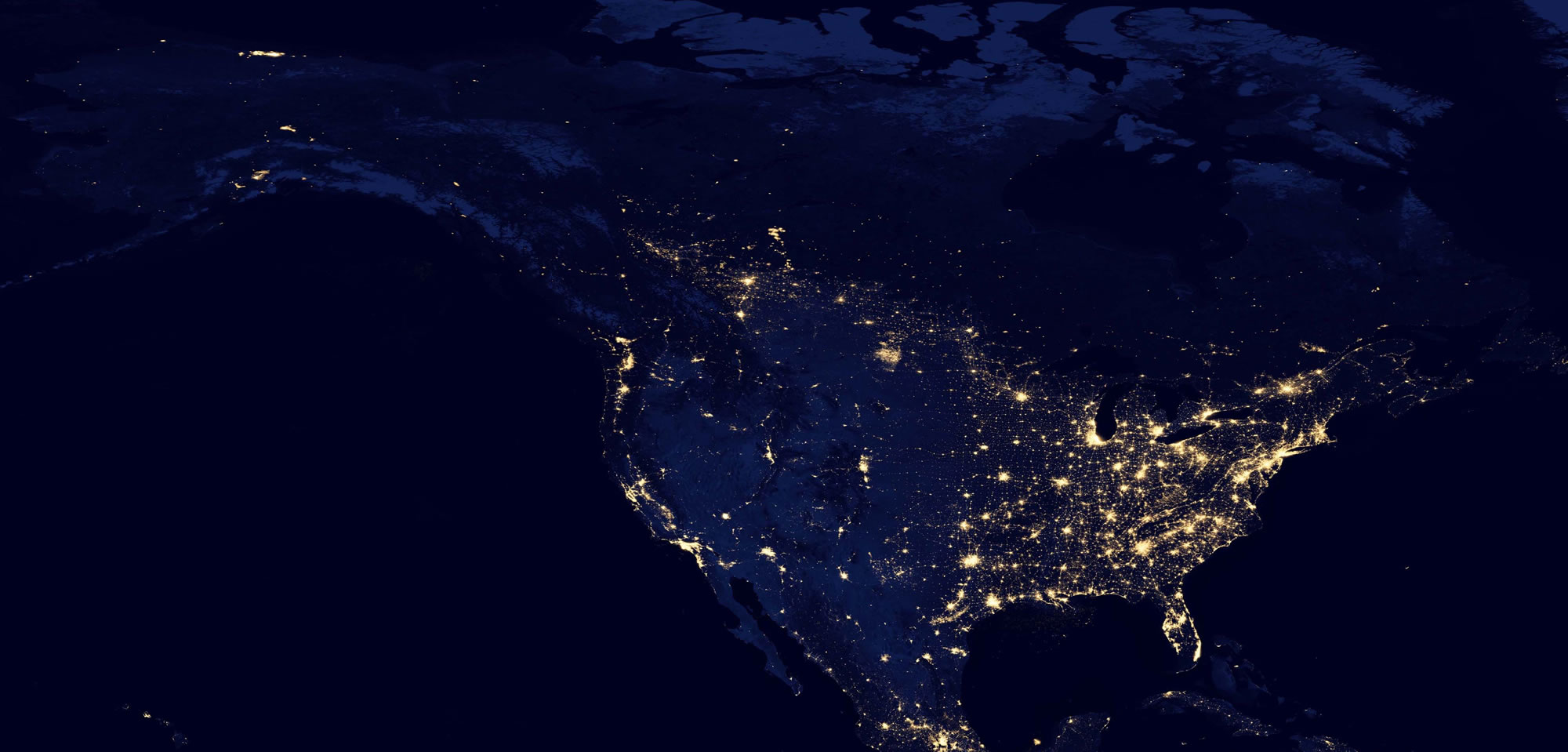
The Suomi National Polar-orbiting Partnership (NPP), to give its full name, was launched in October 2011 to bridge the gap between the aging Earth Observing System (EOS) satellites and the new Joint Polar Satellite System (JPSS) set to launch in 2016. The satellite view of Hurricane Sandy, illuminated by moonlight, as it made landfall on Oct. The value of this anytime technology was demonstrated when Hurricane Sandy came ashore after dark earlier this year. Armed with this data, which is available to the public hours or even minutes after it is collected, scientists aim to improve the accuracy of forecasts and track the behavior of major weather events 24/7. The purpose of the satellite goes far beyond awe-inspiring pictures, though: The Suomi NPP collects data on long-term climate change and short-term weather conditions. And it also has an infrared sensor, which lets it track weather patterns even at night. To put that in numbers: Suomi's spatial resolution is six times better than the devices that came before it, and the lighting levels show up with 250 times better resolution. So sensitive, in fact, it can detect the light from a single ship at sea. The Suomi NPP satellite is significantly more light sensitive than its predecessors.

The images it captures demonstrate both the beauty and the benefit that can be gleaned from visions of Earth at night. Yesterday NASA released images from its most recently launched Earth-orbiting satellite, the Suomi NPP.

For a clear and cloudless image, this compilation required shots from 312 different orbits taken in April and October of this year.


 0 kommentar(er)
0 kommentar(er)
